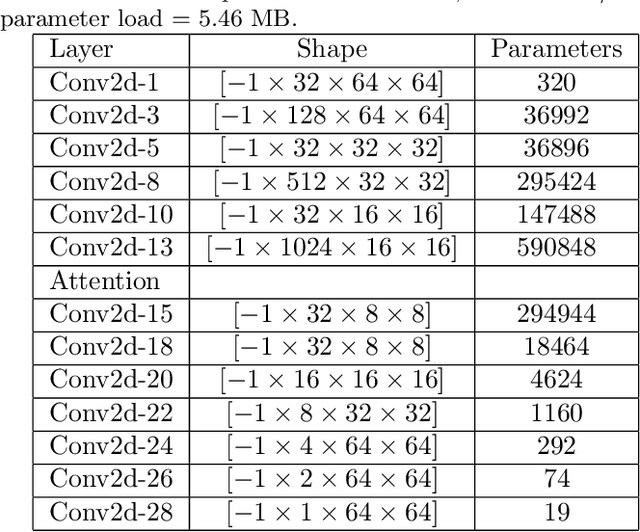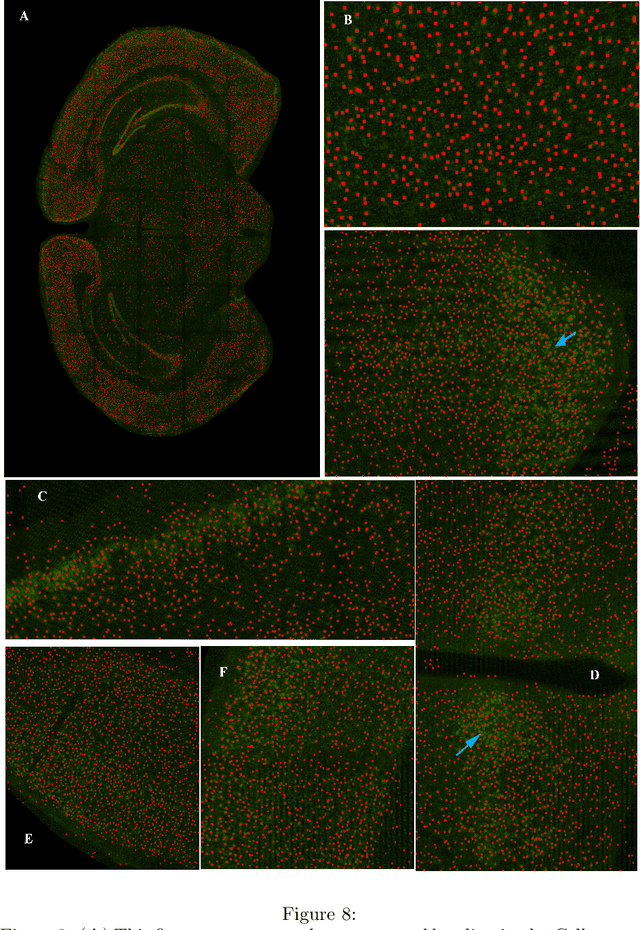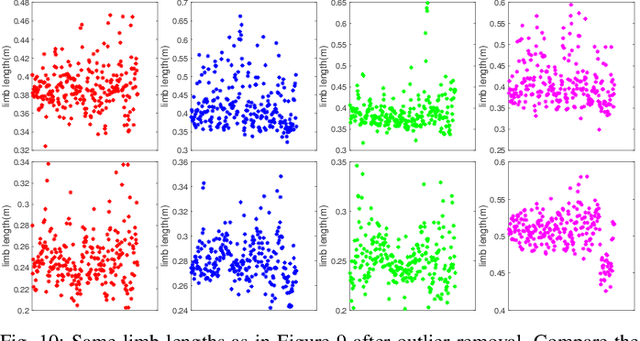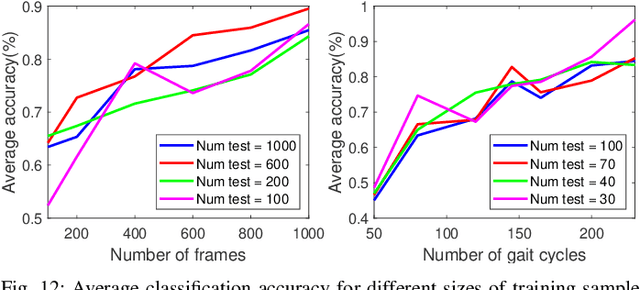Tamal Batabyal
Cellcounter: a deep learning framework for high-fidelity spatial localization of neurons
Mar 18, 2021

Abstract:Many neuroscientific applications require robust and accurate localization of neurons. It is still an unsolved problem because of the enormous variation in intensity, texture, spatial overlap, morphology and background artifacts. In addition, curation of a large dataset containing complete manual annotation of neurons from high-resolution images to train a classifier requires significant time and effort. We present Cellcounter, a deep learning-based model trained on images containing incompletely-annotated neurons with highly-varied morphology and control images containing artifacts and background structures. Leveraging the striking self-learning ability, Cellcounter gradually labels neurons, obviating the need for time-intensive complete annotation. Cellcounter shows its efficacy over the state of the arts in the accurate localization of neurons while significantly reducing false-positive detection in several protocols.
An Efficient Convolutional Neural Network for Coronary Heart Disease Prediction
Sep 01, 2019



Abstract:This study proposes an efficient neural network with convolutional layers to classify significantly class-imbalanced clinical data. The data are curated from the National Health and Nutritional Examination Survey (NHANES) with the goal of predicting the occurrence of Coronary Heart Disease (CHD). While the majority of the existing machine learning models that have been used on this class of data are vulnerable to class imbalance even after the adjustment of class-specific weights, our simple two-layer CNN exhibits resilience to the imbalance with fair harmony in class-specific performance. In order to obtain significant improvement in classification accuracy under supervised learning settings, it is a common practice to train a neural network architecture with a massive data and thereafter, test the resulting network on a comparatively smaller amount of data. However, given a highly imbalanced dataset, it is often challenging to achieve a high class 1 (true CHD prediction rate) accuracy as the testing data size increases. We adopt a two-step approach: first, we employ least absolute shrinkage and selection operator (LASSO) based feature weight assessment followed by majority-voting based identification of important features. Next, the important features are homogenized by using a fully connected layer, a crucial step before passing the output of the layer to successive convolutional stages. We also propose a training routine per epoch, akin to a simulated annealing process, to boost the classification accuracy. Despite a 35:1 (Non-CHD:CHD) ratio in the NHANES dataset, the investigation confirms that our proposed CNN architecture has the classification power of 77% to correctly classify the presence of CHD and 81.8% the absence of CHD cases on a testing data, which is 85.70% of the total dataset. ( (<1920 characters)Please check the paper for full abstract)
GlidarCo: gait recognition by 3D skeleton estimation and biometric feature correction of flash lidar data
May 20, 2019



Abstract:Gait recognition using noninvasively acquired data has been attracting an increasing interest in the last decade. Among various modalities of data sources, it is experimentally found that the data involving skeletal representation are amenable for reliable feature compaction and fast processing. Model-based gait recognition methods that exploit features from a fitted model, like skeleton, are recognized for their view and scale-invariant properties. We propose a model-based gait recognition method, using sequences recorded by a single flash lidar. Existing state-of-the-art model-based approaches that exploit features from high quality skeletal data collected by Kinect and Mocap are limited to controlled laboratory environments. The performance of conventional research efforts is negatively affected by poor data quality. We address the problem of gait recognition under challenging scenarios, such as lower quality and noisy imaging process of lidar, that degrades the performance of state-of-the-art skeleton-based systems. We present GlidarCo to attain high accuracy on gait recognition under the described conditions. A filtering mechanism corrects faulty skeleton joint measurements, and robust statistics are integrated to conventional feature moments to encode the dynamic of the motion. As a comparison, length-based and vector-based features extracted from the noisy skeletons are investigated for outlier removal. Experimental results illustrate the efficacy of the proposed methodology in improving gait recognition given noisy low resolution lidar data.
 Add to Chrome
Add to Chrome Add to Firefox
Add to Firefox Add to Edge
Add to Edge